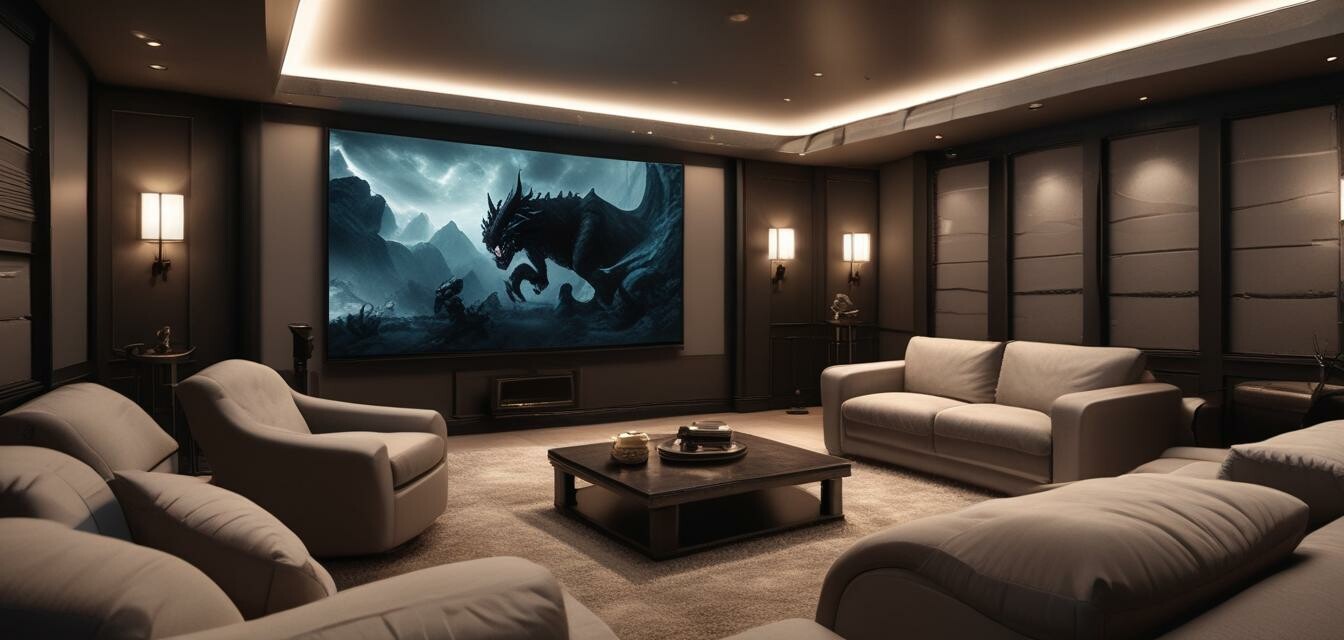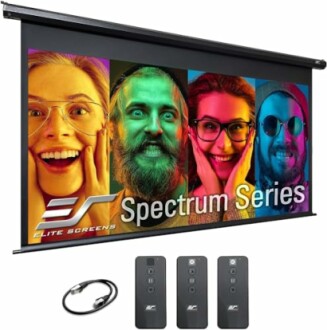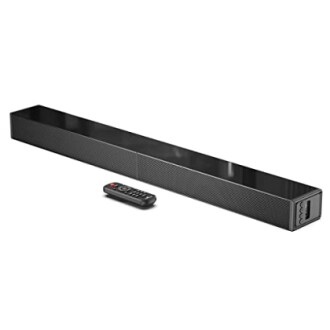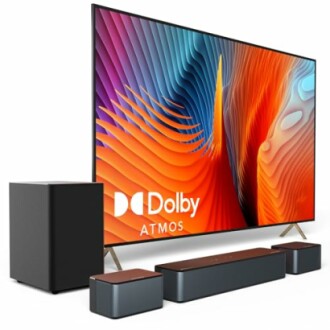
Navigating the World of Home Theater Screens
- Understand the different types of home theater screens and their benefits.
- Learn about size and aspect ratio considerations for your specific setup.
- Explore top products that enhance your viewing experience.
- Consider the materials used in screens for optimal picture quality.
- Make informed decisions to elevate your home theater experience.
Home theaters are becoming an integral part of many households, transforming the way you enjoy movies, sports, and games. One crucial aspect of this transformation is the choice of screen. This guide will help you navigate through the various types of home theater screens, their features, and key considerations to ensure you make the right choice for your setup.
Types of Home Theater Screens
When considering a screen for your home theater, you need to be aware of the various types available. Here are the most common options:
| Type of Screen | Details |
|---|---|
| Fixed Frame Screens | These screens have a sturdy structure and are great for permanent installations, providing a very flat surface for excellent image quality. |
| Retractable Screens | Motorized or manual screens that can be pulled down when needed and retracted when not in use, perfect for multi-purpose rooms. |
| Portable Screens | Ideal for outdoor or impromptu viewings, these can be easily set up and taken down. |
| Projector Screens | Used primarily with projectors, they can be made of various materials that enhance the image quality for larger displays. |
Key Considerations When Choosing a Screen
Size and Aspect Ratio
Choosing the right size and aspect ratio for your home theater screen is essential. The dimensions should match your room's size and the seating distance. Here’s a simple guideline:
- For a typical 16:9 aspect ratio HD screen, the viewing distance should be between 1.5x to 2.5x the screen size.
- A bigger screen may be more immersive but could impact clarity if viewed too closely.
- Consider where the screen will be placed relative to your seating arrangement.
Material Matters
The material of the screen affects picture quality and how light reflects off the surface. Common materials include:
| Material | Benefits |
|---|---|
| Polyvinyl Chloride (PVC) | Durable and easy to clean, it offers a good balance between quality and cost. |
| High Contrast Material | Great for enhancing blacks and contrast in bright rooms. |
| tensioned Fabric | Reduces wrinkles and maintains a flat surface, ensuring optimal viewing. |
Featured Products to Consider
Here are some top products you might want to consider for your home theater setup:
Elite Screens Spectrum RC1 Remote
A motorized projection screen that’s perfect for your home theater, providing a 125-inch viewing size and 4K/8K Ultra HD compatibility.
Learn MoreSound Bar for TV
A surround sound system that enhances your TV sound experience with connectivity options like Bluetooth, HDMI ARC, and more.
Learn MoreULTIMEA 5.1Ch Sound Bar
A powerful soundbar featuring Dolby Atmos, delivering a complete surround sound system with adjustable bass for an immersive experience.
Learn MoreConclusion
Choosing the right home theater screen involves understanding the different types available, their sizes, materials, and how they can best suit your viewing preferences and room layout. By considering these factors carefully, you can significantly enhance your home theater experience. For more insights, check out our comprehensive resources on High-End Soundbars and Premium Projectors and Screens.
Additional Resources
Looking for more tips? Here are some internal links to explore:




